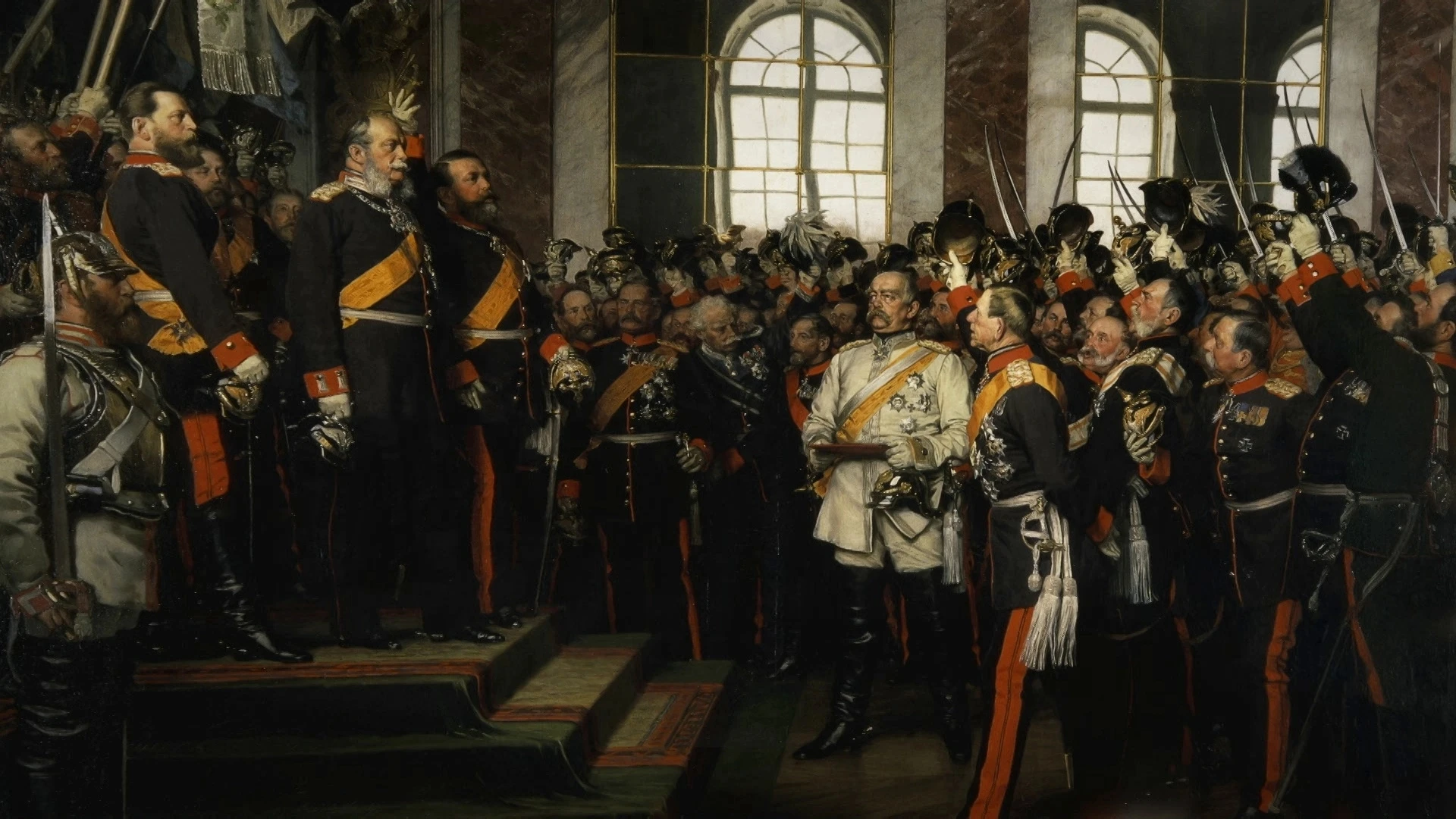Langes 19. Jahrhundert | Industrielle Revolution
The Industrial Revolution – Great Britain 1750-1850
Great Britain around 1750: favourable factors interact and set the Industrial Revolution in motion.The population grows, people move from the countryside to the cities, stock exchanges and banks initiate a new monetary concept. For the first time, stocks and bonds provide the capital for industrial investment: Nowhere else in Europe can the economy develop so freely. The lucrative trilateral trade with the colonies creates a middle class: financially strong and innovative. Entrepreneurs like Richard Arkwright and Samuel Greg invest in new technologies. Factory work, the steam engine and the railway rapidly accelerate economic growth. The factory owners make a profit - the workers are exploited: wage dumping, housing shortage, hunger and mass misery are the flipside of the Industrial Revolution. Social reforms remain the exception.
mehr
weniger
textile machines, Richard Arkwright, Cromford Mill, factory system, industrialisation, London, Manchester, Birmingham, financial world, stock exchanges, banks, shares, bonds, Triangular Trade, colonies, slaves, cotton plantations, cotton fabrics, agriculture, John Kay, flying shuttle, James Hargreaves, Spinning Jenny, Water frame, Samuel Crompton, Spinning Mule, Edmund Cartwright, mechanical loom, mass production, Samuel Greg, Quarry Bank Mill, James Watt, steam engine, industrial cities, Coalbrookdale, Darby, iron processing, Machine Age, blast furnace, Iron Bridge, infrastructure, canals, canal system, railway, George Stephenson, Liverpool, natural resources, coal, iron ore, coke, industrialists, industrial nation, work rules, child labour, cottage industries, wage dumping, housing shortage, unemployment, mass poverty, Temperance Movement, Robert Owen, New Lanark, textile factory, child protection legislation, educational reforms, free market economy
Geeignet für die Fächer:
Geschichte
Englisch


